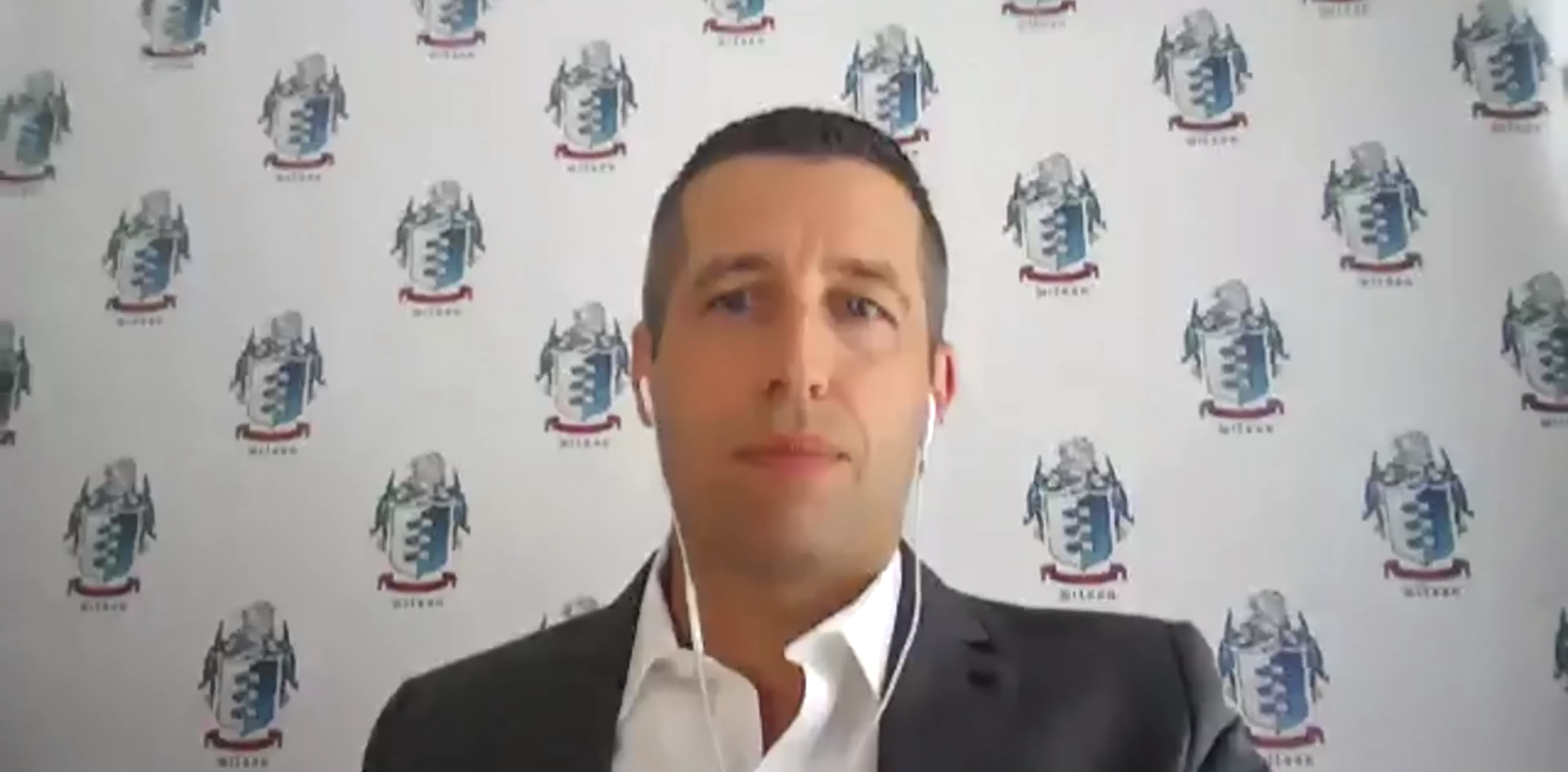Hello, this is Richard Wilson, CEO of the Family Office Club. I want to record this short educational video from here in Portugal for one of our charter members who asked about, after CapitalCon here, and somebody say that thought leadership was a holy grail of capital raising. And then someone else came up and said they raised capital from writing a book. One of the questions was how exactly do you use a book for raising capital? They didn’t really get the connection. And I told them that instead of replying via email, I’d record a short video to explain the different ways. And I actually wrote down five or six different ways that can help you raise capital to make it tangible, because you might already have a book and you’re only using it in one or two of these ways. Or you could use this for white papers or other types of thought leadership or special reports or benchmark studies to help you connect with more potential investors and develop those relationships. The first way is as a DRIP asset. So in other words, if you meet an investor and you want to follow up with them and develop a relationship, you might want to be sending them content every week, every month, a couple times a year. And the book can be one form of drip content that you send them. So it could be that you meet them and then automatically three weeks later, your secretary sends out the book to an investor lead that you have met at a conference or a dinner at an event, et cetera. Another way to use it as is for lead generation, both passive and active. If you are an investor who focuses on, or an investment firm that focuses on biotechnology or Pharma or let’s say warehouses, then you could have a piece of thought leadership that is found by naturally people looking for investment firms and investment experts and consultants and asset management firms in that niche. And that would be a passive way that they find you because of the way you’ve described your resource and the way that you position yourself in the marketplace. That would be a passive lead generation using a thought leadership resource. A more active version would be saying that maybe you’re in the area of investing in hospitals or hospitality, let’s say, and so on, might look for hospitality investments or how to invest in hospitality or hospitality asset management firms, et cetera. You might have a thought leadership asset that you could put in front of a stream of people looking for investment firms in that area or experts or consultants or resources in that area. If they want to be investing more in that area and doing a better job with their portfolio, that would be active lead generation, meaning you’re capturing a river of demand and putting perhaps a Google ad words, pay-per-click campaign or something directly in front of people searching for exactly what your expertise is that you’re leveraging for your investments. That’s a difference between the passive and active lead generation. It’s another way to use the books. Another way is speaking. You can be better at speaking. Once you’ve written a book, you’ll be more articulate, but also you’ll get invited to speak because of the book. You’ll also be able to take the book with you where you’re speaking to a crowd of potential investors perhaps and give out 50 or 200 copies of the book to the people in that room, and is planting seeds and planting your brand in the mind of those investors. And a few of them might reach out to you or they might remember you the next time they see you at another event. It’ll help you stand out in the marketplace.

Close







